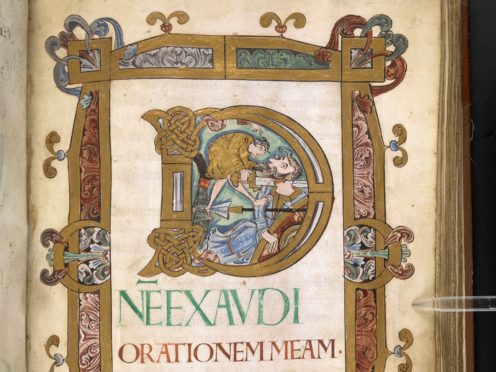About 800 “spectacular manuscripts” from medieval England and France have been placed online.
The British Library and the Bibliotheque nationale de France have launched two websites giving access to the manuscripts from the centuries either side of the Norman Conquest.
The culmination of the two-year project offers “a window on to half a millennium of cultural exchange between England and France”.

The Anglo-Saxon and Norman manuscripts, from the British Library and Bibliotheque nationale de France’s collections, date from the 8th century to the close of the 12th century.
Highlights include a 12th-century collection of St Thomas Becket’s letters and the lavishly illuminated Winchester Benedictional, created around the year 1000.

Kathleen Doyle, lead curator of illuminated manuscripts at the British Library, said: “When people imagine England and France at the turn of the first millennium, they may think of the imagery of the Bayeux Tapestry and of the events following the Norman Conquest, like the creation of the Domesday Book.
“This exciting project reveals the extent and richness of medieval painting, which now survives almost exclusively in books held in libraries and museums.
“We hope to transform awareness of this period of close political and cultural entwinement between our two countries, when scribes moved between England, France and Normandy, working in Latin, French and English on manuscripts of unparalleled beauty and sophistication.”
The project, funded by The Polonsky Foundation, can be found at www.bl.uk/medieval-english-french-manuscripts.
